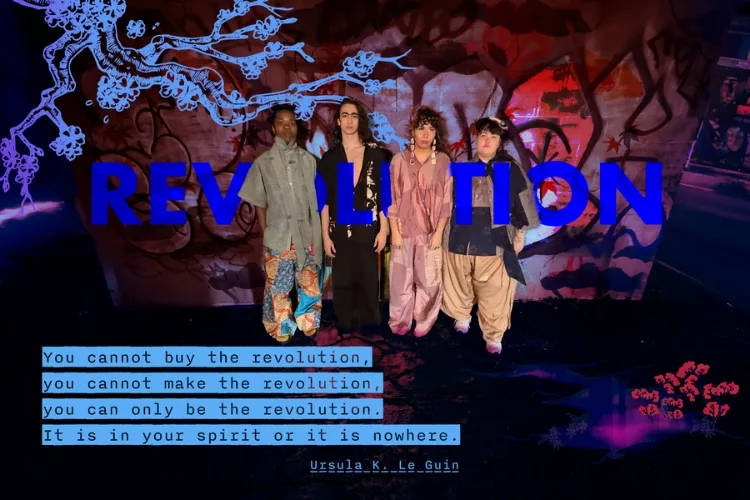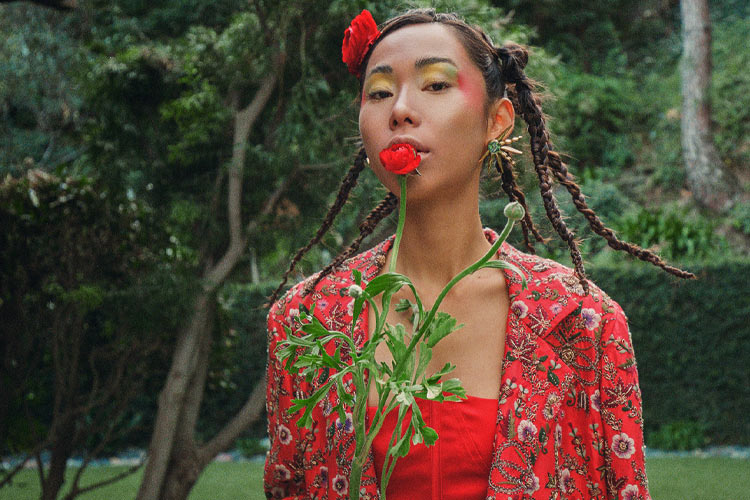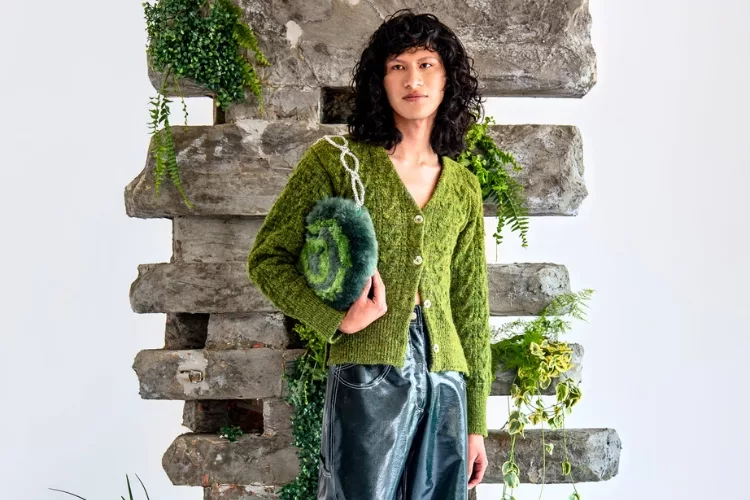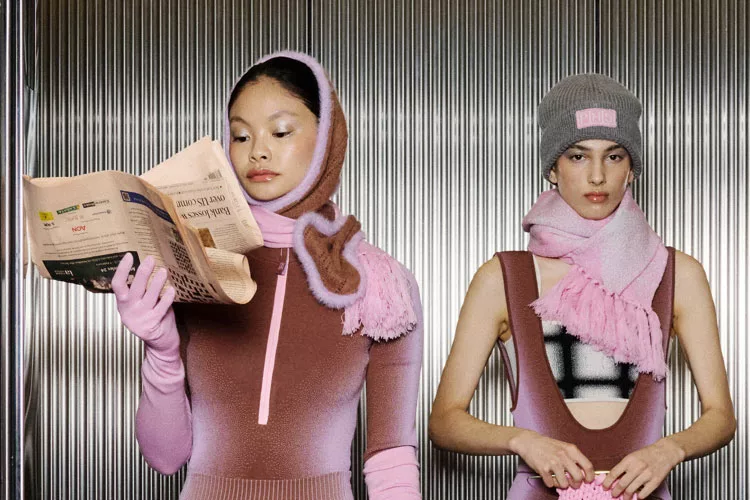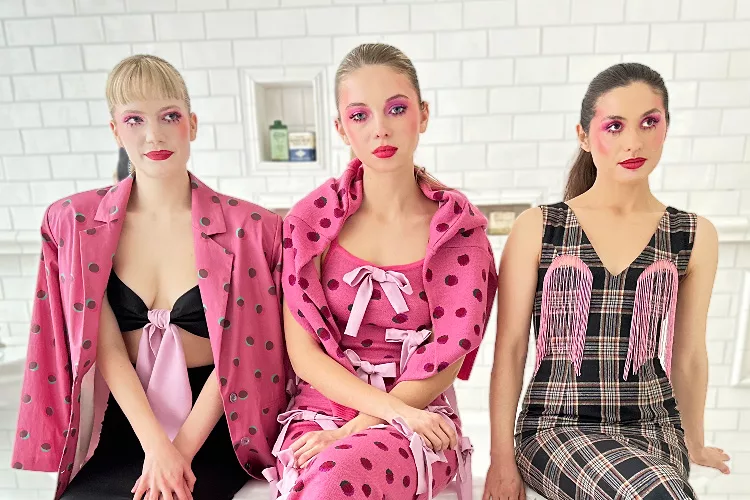here’s How science is breathing new life into fashion
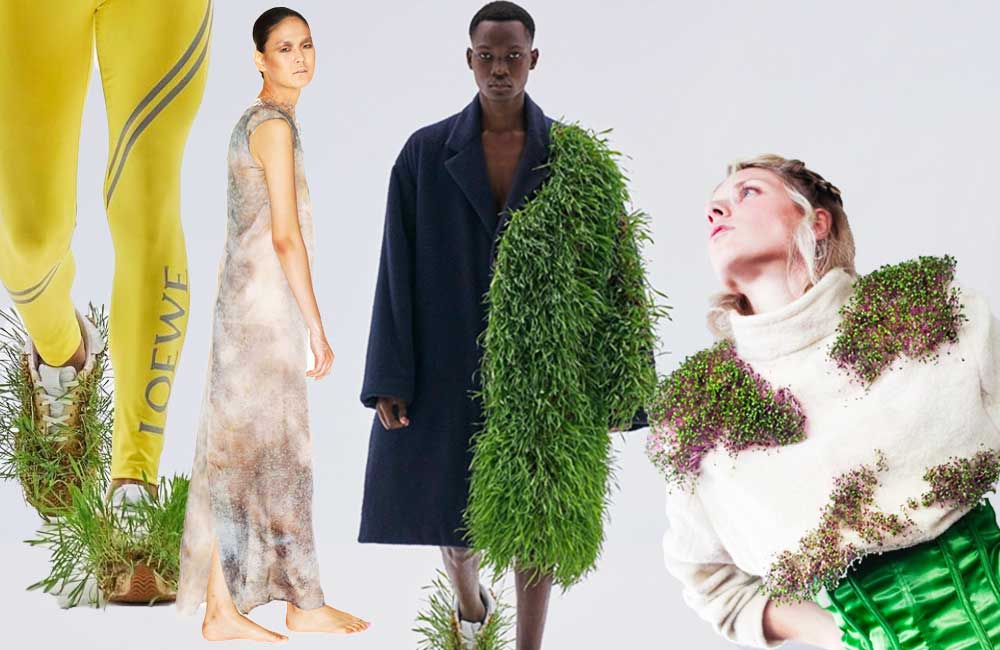
biochemistry is trending
Designers, models, and a select few tastemakers have long occupied the seats at fashion’s cool kids table, and no one else could sit with them. As the industry finds itself at a crossroads, however, the only way this gang is going to stay relevant is to expand its circle. Enter the science crowd.
In a true art meets science scenario, designers are teaming up with engineers and biochemists to drive the innovations we’re seeing in the textile game these days. The laboratory is the new atelier, the room where the magic (actually basic chemistry but to a non-science person like me it seems like magic) happens, the place where clothes get made – on every level.
There are a lot of exciting things happening in sustainable fashion these days – love for preloved, swap culture, upcycling (read: grandma’s tablecloth, but make it stylish). These are game changers, for sure, to be embraced and admired – especially from a consumer perspective. It’s imperative that we all treat the things that already live in our closets with the utmost respect and affection.
But looking forward, there’s another question creators are asking themselves: what if we could change the making process entirely? What if, instead of making stuff from dead animals and burnt up fossil fuels, we can make it with biology? What if we could make clothes that don’t end up rotting in landfill, or fast-tracking climate change with emissions from the incinerator?
Spoiler alert – we can. It’s called Biocouture.
What exactly is Biocouture?
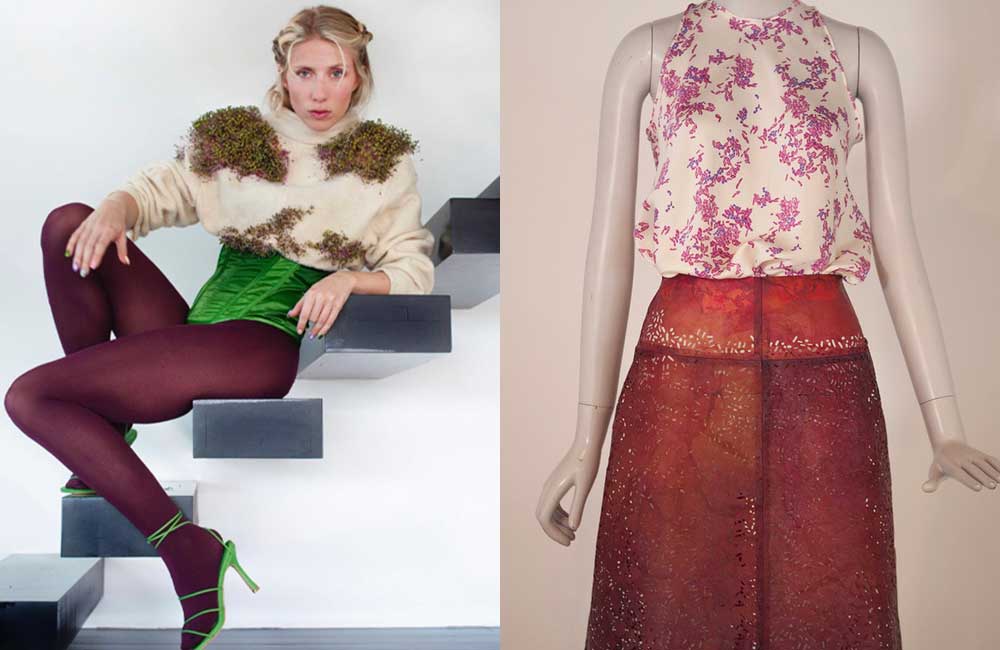
You know the Impossible Burger? Biocouture is kind of like that, but for clothes. The idea is to grow our consumables in a lab, rather than rely on the toxic traditional tactics. You may have heard of Mylo – the mushroom leather brainchild of Bolt Threads that’s been picked up by the likes of Stella McCartney, Ganni, Adidas, and Lululemon. More and more, fashion magnates are embracing lab-grown textiles – dubbed biomaterials, and made possible through a combination of material engineering, synthetic biology, and skilled sewing. This past summer Brooklyn based fashion designer Suzanne Lee convened the first ever Biofabricate summit at the Navy Yard, where small and big brands alike convened to see what the laws of nature are bringing to fashion. Highlights included yarn made from squid DNA, algae-based dyes, and of course, huge swatches of bio-assembled (usually fungi) leather.
Without getting into the super technical aspects, here’s the breakdown on biomaterials: they cover the concept of designing garments / products exclusively using plant waste. The process makes use of material produced by bacteria in a vat of liquid, that then produces bacterial cellulose – which is then molded into clothing. In other words, it’s a biochemical clothes making process which doesn’t rely on extracting resources that disrupt nature’s food chains and society’s supply chains. Here’s the both super cool and super weird part – the fabrics are made from living microorganisms like bacteria, literally offering your wardrobe a breath of fresh air.
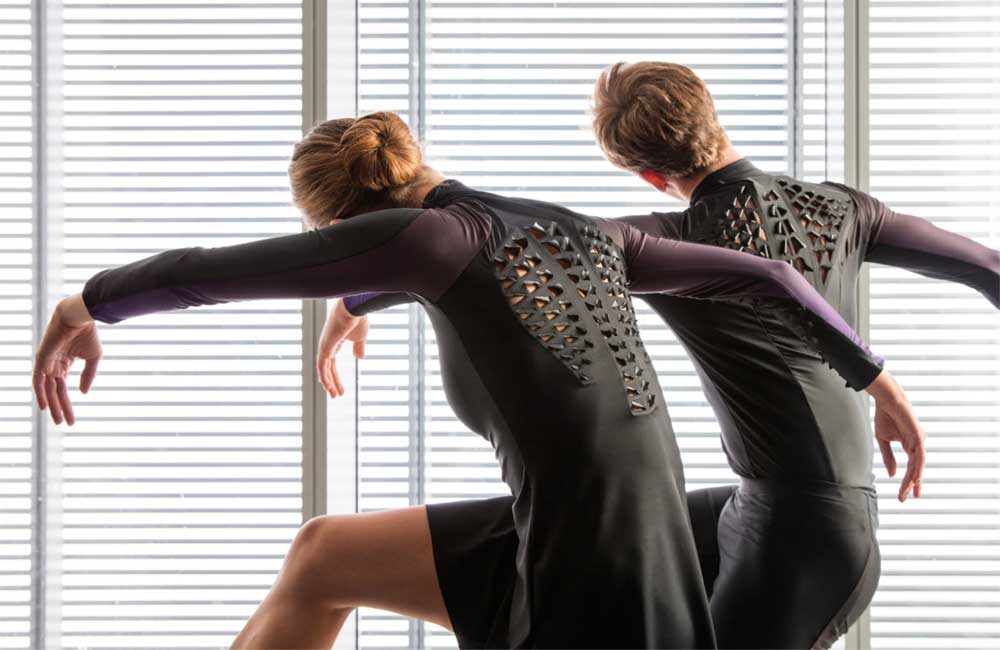
On one hand, the idea that your clothes are alive is a little sci-fi and creepy. On the other, if we can have smart phones and smart cars, why not clothes? Like, wouldn’t it be nice, say when you’re working out – or even better, living under an oppressive, unrelenting heatwave – to have a top that reacts to body heat and sweat, triggering textile flaps to open up and let your skin breathe? By tweaking bacterial strains and combinations, a number of start-ups like Skin Series and MIT Lab’s Second Skin, have got you (comfortably) covered.
Early Days
Matt Scullin – scientist, biomaterials trailblazer, and current CEO of mushroom leather lab MycoWorks puts it this way: “the great eras in human history are described by their material, like the Stone Age or the Bronze Age. We are in the early days of the Biomaterials Age”.
Biocouture isn’t mainstream – yet. But the strides being made hint at the next possible evolution, or perhaps, revolution – in alternative materials. In the past year, companies including LVMH, Jimmy Choo, and Nike have signed onto collaborations with some of the labs pioneering the movement. Celebrities like Harry Styles and Justin Bieber have been seen rocking Pangaia tracksuits made possible through the chemical reaction of eucalyptus to seaweed (I’m sure it’s a little more complex than that but you get the idea). The fashion industry is getting an actual new lease on life, and the best is yet to come.
You’ve probably heard us go on about redefining our relationships with what we wear. Though we’re going to have to wait a little longer before our clothes become emotionally available, it’s nonetheless an exciting time to be alive – for all of us.
-By Steph Lawson
RELATED ARTICLES
How Biomaterials are Changing the Future of Fashion
Vera Banas: ANDEL Co-Founder, Fulbright Scholar, and Materials Researcher
It’s Time to End Our Toxic Love Affair with Synthetic Fabrics
TomTex Vegan Leather is Gorgeous and Eco-Friendly
Jacob Olmedo: The fashion designer who is radically rethinking what clothing can be

